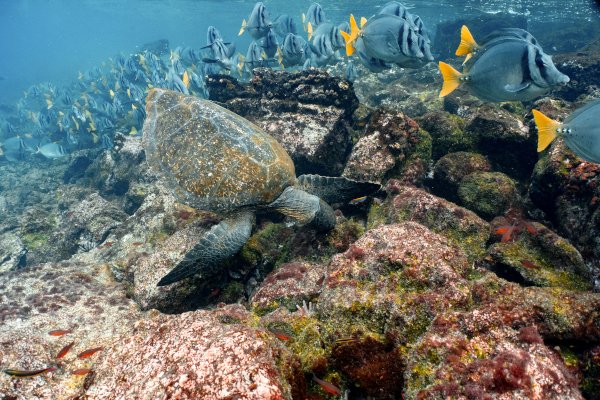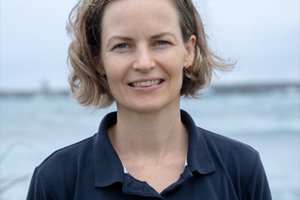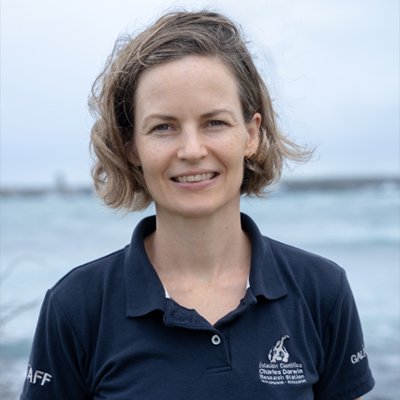In a major step forward for global ocean conservation, United Nations member states last week finalized the text for a new international treaty to better protect the high seas. The overall objective of the treaty, which took over 15 years to agree, is to ensure the conservation and sustainable use of marine biological diversity of areas beyond national jurisdiction (ABNJ), which are the high seas and the international seabed beyond the reach of any individual State’s control. The new treaty will be adopted under the 1982 United Nations Convention on the Law of the Sea (UNCLOS), which is the main legal instrument governing the oceans, along with a patchwork of other international and regional agreements.
ABNJ make up two thirds of the ocean and contain a huge amount of Earth’s biodiversity. Despite their incredible abundance and importance for humanity, these areas have been especially at risk of ecological degradation due to a complex and fragmented international legal framework, which left many areas of the ocean unregulated, and species and habitats unprotected. For this reason, ABNJ has often been described as the ‘wild west’ of the oceans or in slightly less harsh terms, as a ‘blind spot’ for the international community, where human pressures, such as commercial fishing, have had insufficient oversight. The new treaty is an attempt to fill some of the gaps in international ocean governance, create a set of agreed overarching principles and enhance cooperation between existing regulatory bodies.
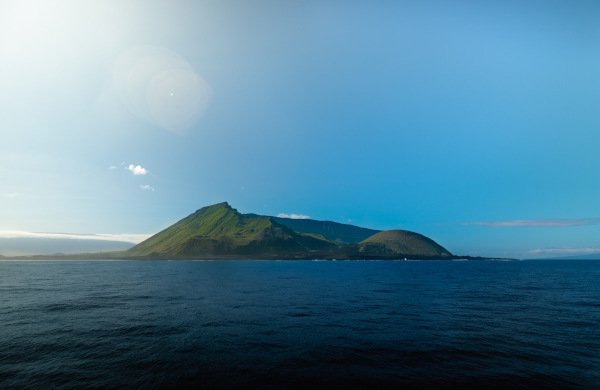
For example, only 1% of ABNJ has been protected to date due to the lack of a legal framework to establish marine protected areas (MPAs) at this scale. This was one of the key governance gaps that the new treaty aims to fix, and the agreed text now establishes a procedure for the establishment of MPAs in ABNJ. Protecting more of the high seas will also help States to meet the new 30x30 goals, which aim to protect 30% of the oceans by 2030.
The treaty supports and underlines the critical importance of scientific research for marine conservation at various instances. The section on General Principles and Approaches refers explicitly to the freedom of marine scientific research. The procedure for establishing MPAs requires that proposals be based on the best available science. A wide-ranging consultation process is envisaged for MPAs with all relevant stakeholders, including civil society, local communities, indigenous peoples and the scientific community. Coastal States which lie adjacent to the high seas must be notified and invited to submit their views on the merits of any MPA proposal, the draft management plan and any other relevant information, including scientific inputs. Therefore, science clearly has a central role to play in the success of this agreement. The Charles Darwin Foundation (CDF), which has been conducting various relevant research projects covering the deep sea and seamounts, endangered migratory species, regional based approaches to marine ecosystem threats, and the role of science within transboundary ocean governance, stands ready to assist.
CDF’s ocean team is currently analyzing the implications of the new treaty for Galapagos and the Eastern Tropical Pacific. An important feature of the new treaty is that it is intended to complement, and not undermine “relevant legal instruments and frameworks and relevant global, regional, subregional and sectoral bodies”.
The part of the treaty dealing with MPAs contains several objectives, including the establishment of ecologically representative and well-connected networks of MPAs, as well as strengthening cooperation and coordination in the use of MPAs among States and relevant bodies. While some stressors such as climate change and pollution are mentioned in this part, there is no express reference to other significant pressures such as fishing or seabed mining, which is concerning. However, this should not prevent the establishment of MPAs in areas of the high seas which are subject to intense international fishing effort, such as around the Galapagos.
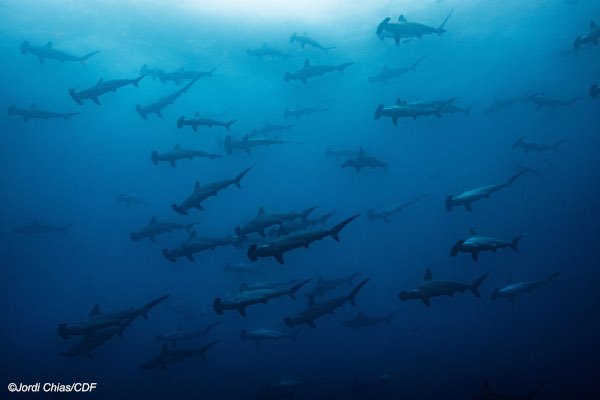
Importantly, the treaty allows for a majority voting procedure in cases where no consensus can be found, which should prevent one State blocking the establishment of MPAs in situations where most support such a decision.
Given that the parties to the Eastern Tropical Pacific Marine Corridor (CMAR) are all coastal States either adjacent or geographically proximate to the high seas, it may be well positioned to play a role in future processes for the establishment of high seas MPAs in the region, especially in light of the recent announcement at Our Oceans Conference in Panama to work towards a legally binding agreement for CMAR.
It is important to note that the treaty is yet to be formally adopted and enter into force, so we still have some way to go until operational. The most recent round of negotiations concluded with an agreed text and the creation of a working group to undertake technical editing and translation into official UN languages. Once this process is complete, the treaty will be formally adopted. After that, it will need sixty State ratifications before it can become legally binding.
